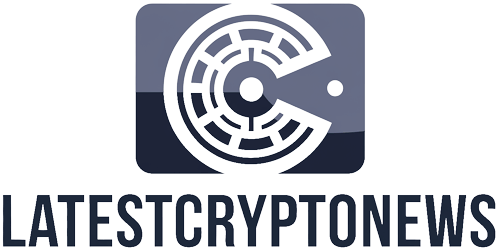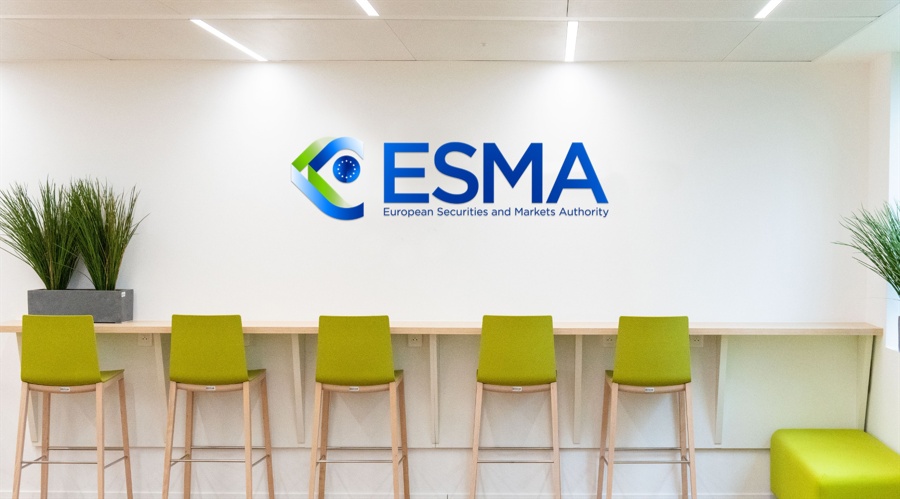The European Securities and Markets Authority (ESMA) has
published its final guidelines for national authorities on how to prevent and
detect market abuse in the crypto-asset sector. The guidelines were released today
(Tuesday) and follow the implementation of the Markets in Crypto-Assets
Regulation (MiCA), which began to apply on 30 December 2024.
These guidelines are addressed to national competent
authorities (NCAs) across the European Union. They aim to create a consistent
approach to supervising the crypto market. ESMA says the goal is to reduce the
risk of insider trading, unlawful disclosure of information, and market
manipulation involving crypto assets.
ESMA Advocates Proportional Approach to Crypto
The guidelines stress the importance of a risk-based and
proportionate approach. Authorities are encouraged to focus their resources
where the risks are higher. The guidance also recognises the fast-changing
nature of crypto markets. It urges regulators to stay alert to new methods of
abuse.
ESMA has called for better coordination between EU
regulators. The guidelines support information sharing between authorities to
build a common understanding of risks. ESMA also suggests that regulators
engage in dialogue with other public bodies, such as those focused on consumer
protection or anti-money laundering.
Guidelines Stress Supervision of Transaction Firms
A key feature of the guidelines is the need to monitor
online activity. This includes social media, blogs, and podcasts. ESMA notes
that these platforms are often used to spread false or misleading information
about crypto assets. Automated tools may be used to detect suspicious patterns,
followed by human analysis.
The guidelines also outline expectations for supervising
persons professionally arranging or executing transactions (PPAETs). NCAs are
expected to ensure that these firms have proper systems in place to detect and
prevent market abuse. The guidelines stress that oversight should depend on the
nature and size of the firm’s business.
When authorities receive suspicious transaction or order
reports (STORs), they are instructed to follow a clear process. This includes
assigning responsibility, grading the severity of the case, and taking
appropriate actions.
❓ It’s Q&A day. #ESMA recently published new Q&As on:👉 Crowdfunding👉 Markets in Crypto-Assets Regulation #MiCAhttps://t.co/NyV52IXCcy pic.twitter.com/bxklhM0F5I
— ESMA – EU Securities Markets Regulator 🇪🇺 (@ESMAComms) April 25, 2025
You may find it interesting at FinanceMagnates.com: EU
Watchdog Wants Crypto Exchanges and Companies Staff to Hit the Books.
ESMA Develops Guidelines Without Public Consultation
ESMA has included guidance on dealing with crypto firms
based outside the EU. It urges regulators to identify any obstacles in
cooperating with third-country authorities or supervising cross-border
activity. These issues should be shared with ESMA and other EU regulators.
The guidelines will apply three months after their
publication in all EU languages. National regulators must inform ESMA within
two months whether they will comply with the new rules. If a regulator does not
comply, it must explain why.
ESMA developed the guidelines without a public consultation.
It says this was because the guidelines are aimed only at regulators, not
market participants, and because MiCA requires their adoption. However, the
Securities and Markets Stakeholder Group (SMSG) was consulted. ESMA made some
changes based on its feedback, mainly to strengthen guidance on cooperation and
resources.
This article was written by Tareq Sikder at www.financemagnates.com.
Source link


